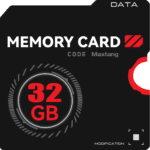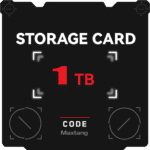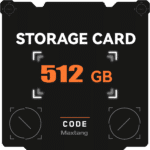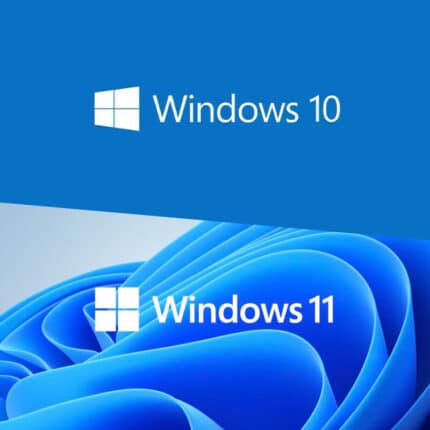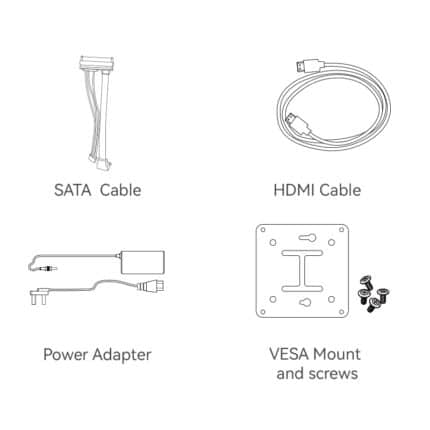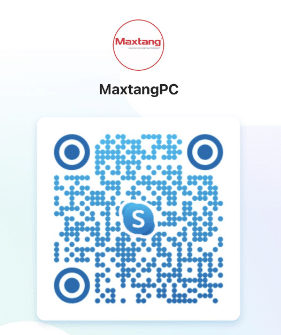"Memory" and "Storage" are two different concepts in the field of computing
1. Memory:
- Also known as RAM (Random Access Memory).
- Used for temporarily storing running programs and data.
- The purpose of memory is to allow the CPU quick access to data, thus affecting the speed and efficiency of the computer’s operations.
- Data is lost when power is cut off, as memory is volatile.
2. Storage:
- Also known as disks, hard drives, solid-state drives (SSDs), etc.
- Used for long-term storage of files, programs, operating systems, and other data.
- The role of storage devices is to retain data, and they can keep data for a long time even when power is off, as they are non-volatile.
- Storage devices have slower read/write speeds compared to memory but can store large amounts of data.
In simple terms, memory is used for temporary storage of running programs and data, with fast speeds but limited capacity and volatile data that is lost when power is off. On the other hand, storage is used for long-term storage of files and data, with slower speeds but larger capacity and stable data retention. Both memory and storage play different roles in a computer system, working together to ensure the system operates smoothly and data is stored effectively.

*Product has High-Definition Multimedia Interface.
*The terms HDMI, HDMI High-Definition Multimedia Interface, HDMI Trade dress and the HDMI Logos are trademarks or registered trademarks of HDMI Licensing Administrator, Inc.
*All data is for information purposes only and not guaranteed for legal purposes. Information has been carefully checked and is believed to be accurate however, no responsibility is assumed for inaccuracies. All other trademarks or registered trademarks are the property of their respective owners and are recognized.








